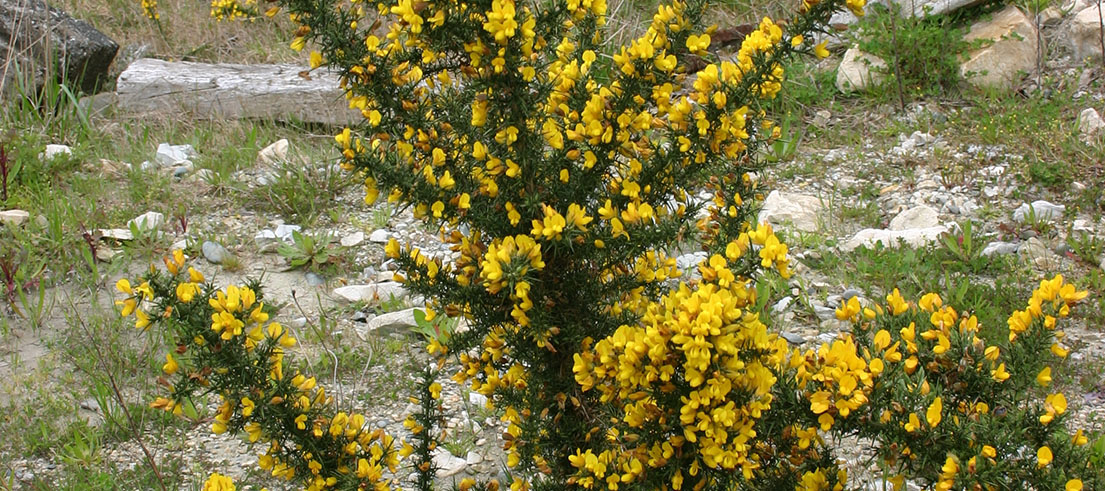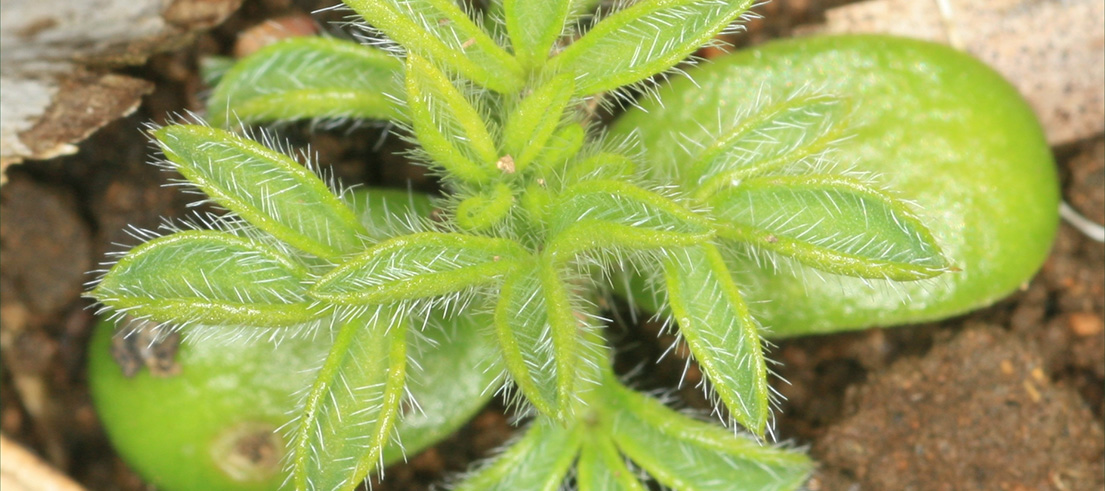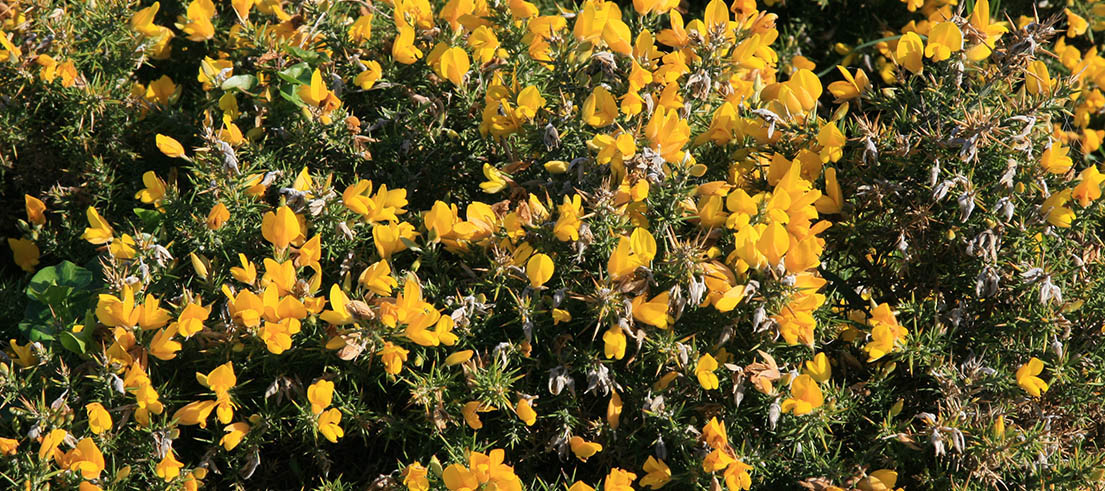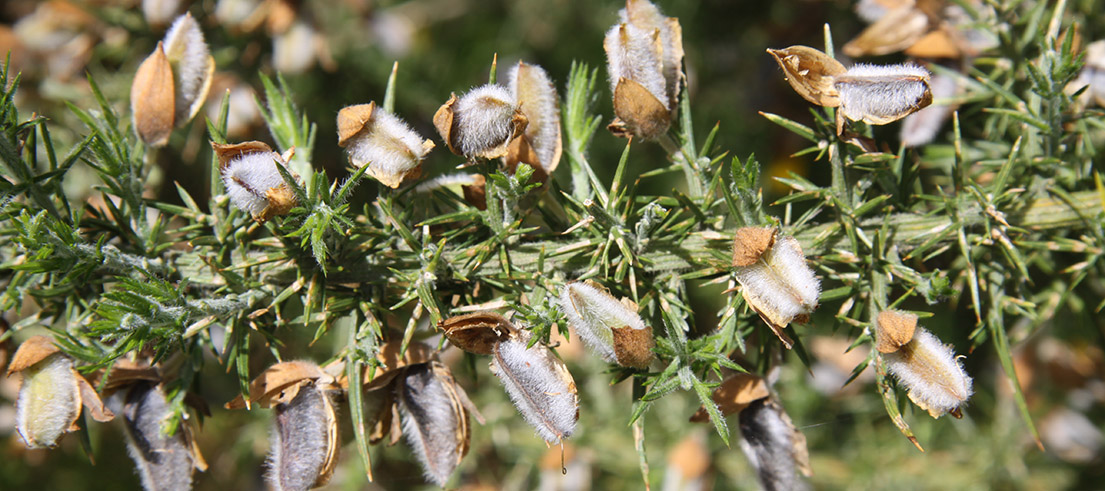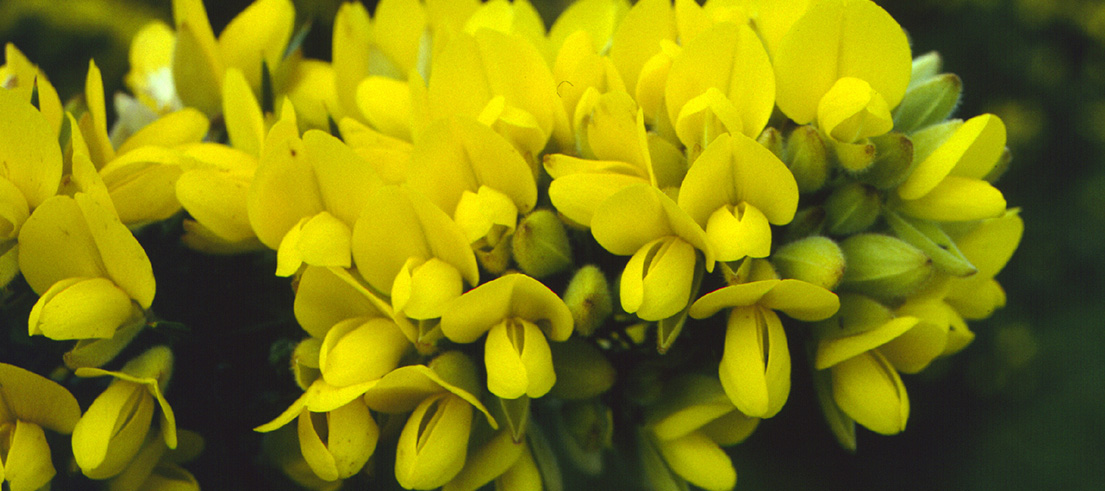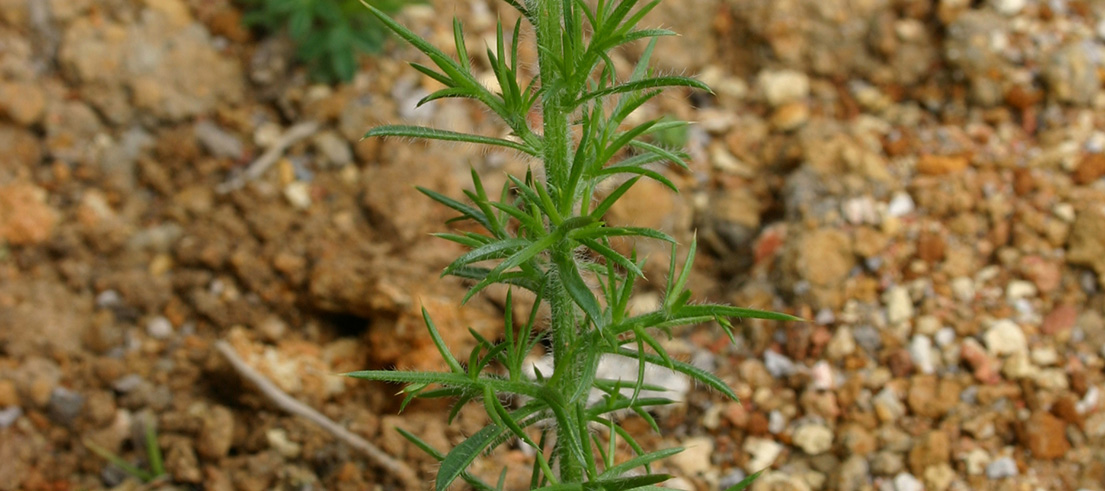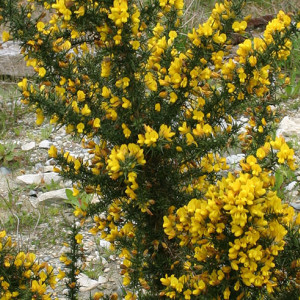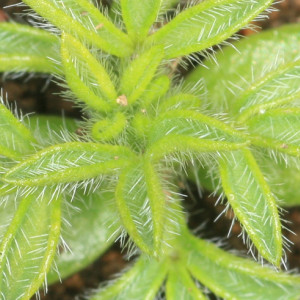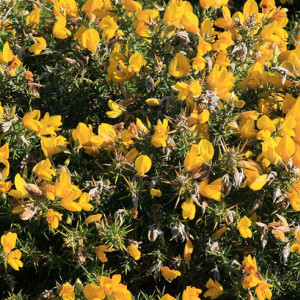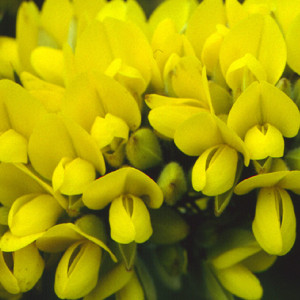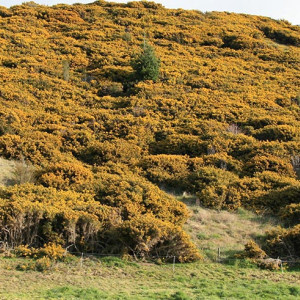Gorse is a sharp, spiny, perennial shrub no taller than 4m with yellow flowers. It reduces food for livestock and outcompetes native vegetation.
Description
- Tap root is very deep, with extensive lateral roots.
- Leaves are reduced to a spine-like tip.
- Flowers are pea-like, yellow and visible from May to November.
- Seed pods are hairy and turn black.
- Seeds are dispersed by explosive seedpods, water, and birds.
- Human-mediated dispersal through contamination of gravel and machinery.
- Habitats include grasslands, shrublands, forest margins, plantations, hill country, coastal habitats, sand dunes, and wastelands.
What you need to know
Forms dense stands and outcompetes native vegetation. Alters vegetation composition and native diversity. Reduces food for livestock. Nitrogen fixer. Can impede access to recreational and culturally important sites.
Management approach
This is a declared pest managed under the Canterbury Regional Management Plan 2018 – 2038 (PDF file, 10.6MB) within the sustained control programme and site led programme.
Sustained control
Pests in the sustained control programme vary greatly in their distribution across the region. Some are found in low numbers, while others are already well-established pests.
The intention of the sustained control programme is to reduce the impact on values and spread of a pest onto neighbouring properties.
Site led
Exclude, eradicate, contain, reduce or control a pest within a specific place to the extent that doing so protects the values of that place.
Gorse that occurs outside site led areas designated under the Canterbury Regional Pest Management Plan 2018 – 2038 is a land occupier's responsibility and is to be managed via a community led approach.
Rules
Rural land occupiers within the gorse and broom zone, are required to control gorse and broom plants that cover 50 square metres or less. This applies to all land within this area except land occupied by the Crown (Government).
In addition, rural land occupiers throughout all of Waitaha/Canterbury (including the Crown) are required to protect neighbouring properties by keeping boundaries 10m clear of gorse and broom (good neighbour rule).
If you have a gorse or broom hedge along your boundary, you can meet your good neighbour requirements by trimming your hedge’s top and sides annually after flowering but before the seed sets to minimise seeding.
We will only enforce rules for gorse and broom where these pests have the potential to economically impact productive land or where there are potential impacts on a site where natural biodiversity is being protected. Urban properties will generally not be inspected.
Any species declared a pest cannot be sold or be in a place where plants are being sold. Pest plants cannot be propagated, bred, multiplied, communicated, released, caused to be released, or otherwise spread.
Control
Site management
Follow up treated areas three times per year. Encourage natural regeneration of native plants or replant treated areas where possible after two to three treatments to establish dense ground cover and minimise reinvasion.
Physical control
Dig out.
Plant parts requiring disposal: Seeds.
Contact your local council for appropriate disposal locations.
Chemical control
No qualifications: Cut stump and paste freshly cut base of stems with metsulfuron gel or cut stump and spray freshly cut base of stems with 250ml glyphosate per 1L of water.
Basic Growsafe certified: Cut stump and spray freshly cut base with 2g metsulfuron per 1L of water.
Certified handler/experienced agrichemical user: Foliar spray with 5g metsulfuron-methyl per 10L of water and 20ml penetrant or foliar spray with 60ml triclopyr per 10L of water and 20ml penetrant.
Caution: When using any herbicide or pesticide please read the label thoroughly to ensure that all instructions and safety requirements are followed.
Biological control
Check for the presence of agents:
Gorse colonial hard shoot moth (Pempelia genistella)
Gorse pod moth (Cydia succedana)
Gorse seed weevil (Exapion ulicis)
Gorse soft shoot moth (Agonopterix ulicetella)
Gorse spider mite (Tetranychus lintearius)
Gorse thrips (Sericothrips staphylinus)
Safety notes
Plant has spines.



